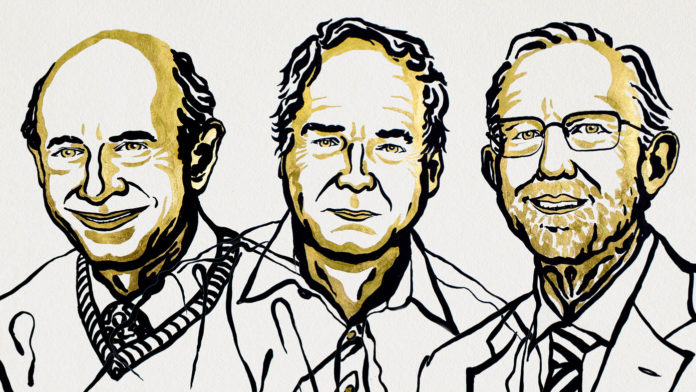Before the discovery of the hepatitis C virus, blood transfusions were a roll of the dice. The risk of contracting the virus from a transfusion was 1 in every 100 pints. And at the time, most HCV patients ultimately developed serious or life threatening diseases of the liver — like cirrhosis, end-stage liver disease, or liver cancer — as a result of their infection.
Our understanding of the virus today has resulted in powerful diagnostics, screening tools, and antiviral treatments that have saved millions of lives.
All of that started with the work of Harvey J. Alter, Michael Houghton and Charles M. Rice, who were jointly awarded the 2020 Nobel Prize in Physiology or Medicine.
Houghton is now the Canada Excellence Research Chair in Virology in the Li Ka Shing Institute of Virology at the University of Alberta.
Houghton, working together with colleagues Qui-Lim Choo and George Kuo at Chiron Corporation, discovered the virus in 1989. At that point, only the hepatitis A and B viruses were known, leaving many more unexplained cases simply categorized as “non-A non-B hepatitis.”
All the traditional tools for virus discovery weren’t working, so the team devised a new molecular approach, trying to isolate the genes from the virus that may be present in the blood of infected chimpanzees. Most of the fragments of genetic material they found were from the chimpanzees themselves, but others were indeed from the unknown virus.
They took the DNA fragments and used them to create libraries of bacteria that expressed the proteins that they encoded. Next, assuming that non-A non-B hepatitis patients would have developed antibodies against the unknown virus, they used patient blood to see if any antibodies would react to the proteins.
That strategy led to the isolation of a sequence that was later proven to be part of the HCV genome.
The DNA fragment and its encoded protein gave scientists a target for blood screening tests. By 1992, these tests were sensitive enough that blood donations could be routinely screened, effectively eliminating transfusions as a source of transmission. By 1996, annual transmission of HCV was down by more than 80 percent.
Despite all the difficulties we still face in developing antivirals, today’s antiviral therapies for HCV can cure 95 percent of cases. It was the first chronic viral illness to have a cure.
Houghton’s work at the University of Alberta has also led to the development of an HCV vaccine that is now in late pre-clinical testing.
However, access to diagnostics and treatment varies, and 20-30 percent of people infected with HCV still develop severe liver disease. It’s an infection that can go unnoticed for years or decades before symptoms appear. In that time it can damage the liver or spread to other people through shared needles, birth, sexual contact, piercings, or other contact with blood.
The award has special meaning against the backdrop of the COVID-19 pandemic. Hepatitis C is also a worldwide global threat, and even with remarkable scientific progress, it still kills around 400,000 people every year. There’s still a long way to go, but with these tools, there is hope.





































